According to the National Roofing Contractors Association roofs should be inspected twice a year — in the spring and in the fall. You may feel comfortable performing an initial inspection on your own, but what do you do if you see something ominous? What should you be looking for?
Warning Signs!
- Shingles that display buckling, curling or other obvious signs of age
- Damage around chimneys, pipes or other extrusions on your roof
- Large amounts of shingle granules in the gutters
Finding the Inspector
You can find roofing specialists to inspect your roof online, in the phone book or by a referral from friends or family. Here at Chappell Roofing we truly believe that finding someone local is critical to the process. A local inspector knows what to look for in your area and at the same time you’ll be helping to support your local economy. Most roofing pros can be reached by email or phone and should get back to you quickly to schedule the inspection.
What to expect during the inspection
Typically the inspector will walk your roof looking for signs of damage like those listed above.
You can expect that the inspector will look at these areas:
- Roof covering materials (shingles, etc.)
- Roof structure
- Underlayment material
- Flashing (the material, usually aluminum, used to cover joints in the roof to help prevent leaks)
The inspector will probably lift the edges of shingles and may use a camera to capture areas of the roof that are inaccessible.
What are some possible problems?
- Buckling shingles — usually from improper installation
- Improper layers — layers of shingles that are too thick and may be too heavy for the roof
- Damage from storms — storms, especially hail, can cause major problems
- Exposed underlayment — the underlayment is a felt like material under shingles on the roof. When the underlayment is exposed leaks will develop.
- Flashing problems — moisture and mold problems can arise from damaged flashing
If the inspector finds any problems you will receive a written report telling you what was discovered. If the inspector works for a roofer you may want to ask for a repair estimate, but we believe it’s always best to get at least three estimates for roofing jobs.
Hopefully this short guide will help you to feel comfortable about your roof inspection. If you’d like assistance with an inspection or any other concerns about your roof, please feel free to contact us. We are always happy to help!


